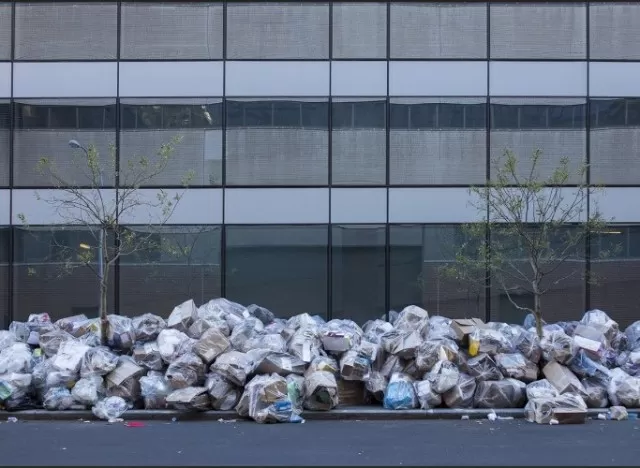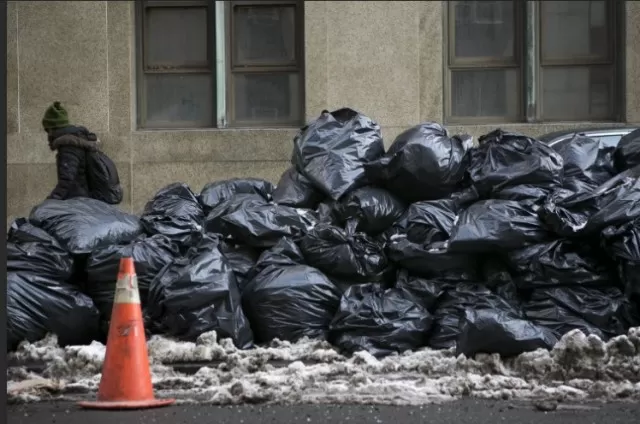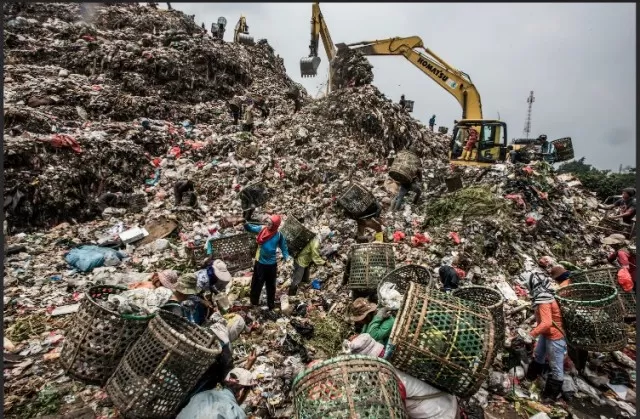Locations on Earth Facing Severe Trash Pollution. One such area grappling with the onslaught of trash is the Great Pacific Garbage Patch, a colossal vortex of floating debris in the Pacific Ocean. Comprising an estimated 1.6 million square kilometers, this swirling mass contains plastic waste that poses grave threats to marine life and ecosystems.
Closer to urban centers, landfills such as the Bordo Poniente in Mexico City exemplify the monumental challenge of waste disposal in densely populated areas. This landfill, one of the largest in the world, stands as a somber monument to our society’s prodigious waste output.
Further exacerbating the problem is the issue of electronic waste, or e-waste. Locations like Agbogbloshie in Ghana serve as informal recycling centers where electronic devices are dismantled, often in hazardous conditions, releasing toxic substances into the environment.
In developing nations, informal dumpsites, like the one in Deonar, Mumbai, underscore the lack of proper waste management infrastructure, leading to environmental pollution and health hazards for nearby communities.
These locations, among many others, demand immediate attention and innovative solutions to mitigate the ever-growing waste crisis. Addressing this challenge necessitates a global commitment to reducing waste, promoting recycling, and developing sustainable waste management practices that safeguard both the environment and the well-being of future generations.
Escalating Waste Crisis: A Global Call to Action

In these ten alarming global hotspots, the unchecked proliferation of waste has reached critical levels.
While the overwhelming magnitude of this trash dilemma may seem paralyzing, it’s crucial to understand that knowledge is the catalyst for catalyzing positive change. As we deepen our understanding of the catastrophic impact our unbridled consumption is wreaking on the planet, we can proactively initiate transformative measures.
As individuals, we can commit to reducing the waste we generate and diminishing our ecological footprint. On a grander scale, government policies, scientific advancements, innovative solutions, and a collective ethos of stewardship are essential tools in combating climate change and confronting the towering heaps of waste.
The time has come for us to acknowledge our responsibility for the waste we generate, whether it clutters our streets or festers in distant landfills. It is a clarion call for global action against the escalating waste crisis.
North America: The Global Epicenter of Waste
Our vast continent has earned the unenviable distinction of being the world’s foremost contributor to the global garbage crisis.
Recent research conducted by USA Today, drawing upon World Bank data, reveals that Canada holds the dubious honor of being the top per capita producer of solid waste worldwide, with Bulgaria and the United States closely trailing behind. However, it is the United States that claims the unenviable title of the world’s leading producer of total waste, churning out a staggering 8. 5 billion metric tons annually. Alarming statistics further underscore our predicament, with only approximately 35 percent of our waste being recycled. These disheartening facts continue to make headlines, with the United States perched at the summit of the global waste crisis, earning it the ominous moniker of “U. S. – The Pinnacle of the Global Garbage Catastrophe. “.
New York City\’s Mounting Waste Predicament

As reported by The New York Times, the trash predicament in the heart of the Big Apple has burgeoned in tandem with its ever-expanding population.
In 2019, this bustling metropolis, home to 8. 4 million residents, found itself grappling with an astounding daily output of 12,000 tons of trash and recyclables.
Surprisingly, many average New Yorkers might remain blissfully unaware of the scale of this burgeoning issue. This is primarily because the city’s waste is systematically dispatched beyond the confines of its five boroughs, making its way to landfills situated in central New York State, Pennsylvania, Virginia, and South Carolina.
Mexico City\’s Lingering Waste Woes
Back in December 2011, the administration of Mexico City took the bold step of shuttering its primary waste disposal site, Bordo Poniente, once counted among the world’s largest open-air landfills.
The closure was driven by the city’s commitment to curbing greenhouse gas emissions and its ambitious plan to establish a biogas power plant capable of converting methane gas into valuable energy resources. However, despite these lofty intentions, the envisioned project remained stuck in the pipeline and never saw the light of day.
The aftermath of the landfill closure brought unforeseen challenges as illegal dumping within the city began to surge, necessitating urgent efforts to locate alternative waste disposal sites.
Consequently, trash management continues to be a vexing issue for both Mexico City and the entire nation. Any hope of resolving this predicament hinges on the implementation of enhanced governmental oversight over private waste management entities and a more robust recycling culture.
Even though Bordo Poniente has remained sealed for nearly a decade, the colossal mound of 70 million tons of refuse buried beneath its surface persists as a lingering concern.
It poses significant risks of soil and groundwater contamination, underscoring the lasting environmental repercussions of this once-massive landfill.
Global Slums: A Vast Challenge in Urgent Need of Solutions

A staggering 25 percent of the global urban population finds its home in the precarious embrace of slums – these are informal, often perilous, and frequently illegal settlements where over a billion people seek shelter within the bustling confines of cities worldwide.
Unfortunately, these slums are characterized by their lack of proper infrastructure, including efficient waste management systems, leaving residents grappling with unsanitary conditions and overwhelmed by mountains of refuse.
Yet, it’s crucial to recognize that this dire situation need not persist.
In the Ravidas slum of Delhi, India, a remarkable transformation is underway. Here, the streets have taken on a refreshing cleanliness, an anomaly in the world of slums, thanks to the proactive efforts of its residents who have assumed control over their environment.
These individuals are striving to combat the mounting heaps of garbage that pose not just an eyesore but a genuine threat to their well-being.
This remarkable example from Ravidas slum in Delhi underscores that there is hope, and it’s possible to break free from the cycle of squalor and waste that engulfs many slum communities worldwide.
It serves as an inspiration and a reminder that with determination and community action, even in the most challenging of circumstances, positive change is attainable.
*The information is for reference only.